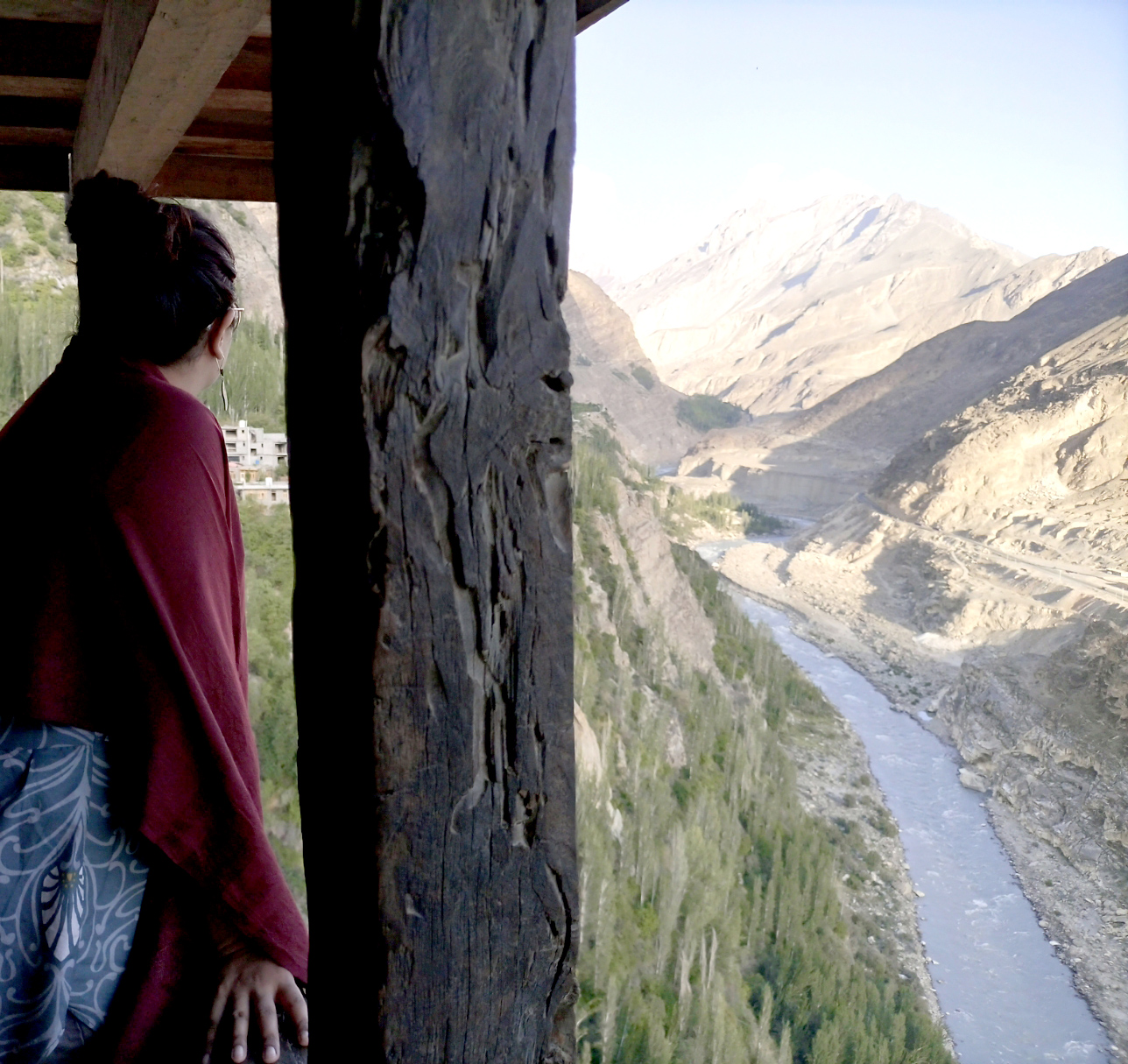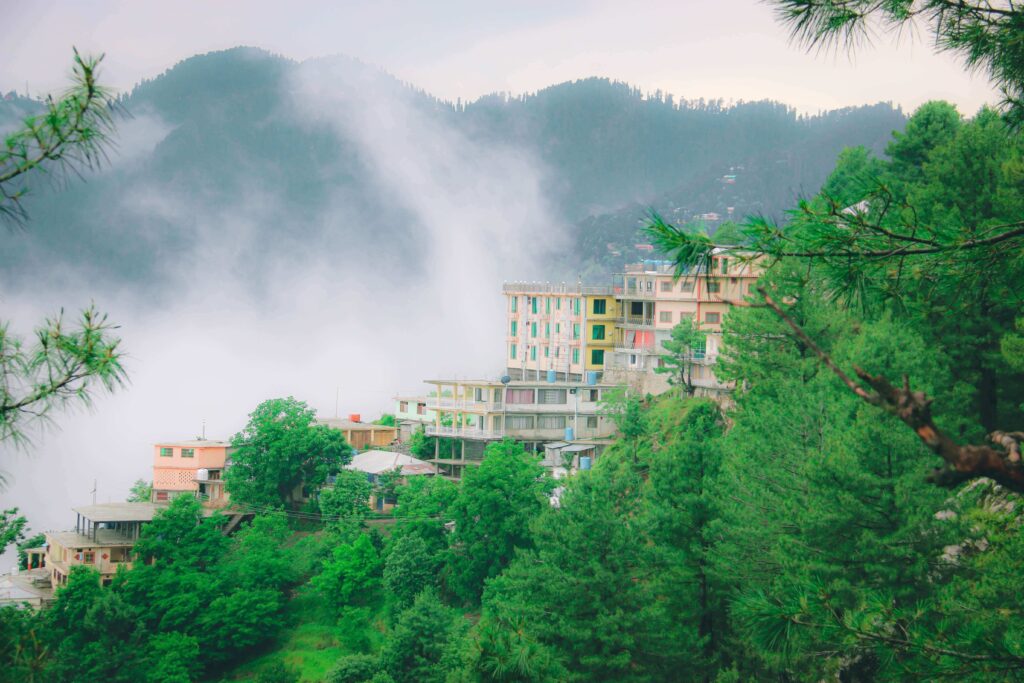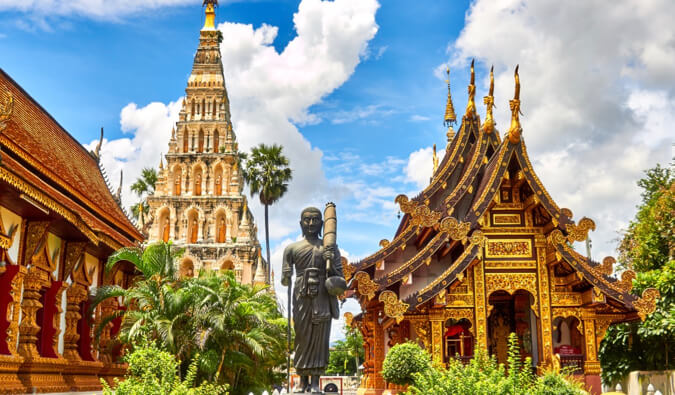EXPLORE PAKISTAN WITH SD!
Our team takes you on a magical journey as we experience the greatness the northern Areas have to offer
Hunza- a land loved for its scenic beauty as much as it is adored for being home to some of the most friendly and warm people in the world. It takes a hold onto you as you enter the wide valleys and immerse in the richness of culture and heritage. Visiting Hunza, the Social Diary team was definitely moved by the kind of hospitality we got to experience. And when you are pampered in such reflective ways, it would definitely interest you to dig a little deeper and explore the very early beginnings of how the state of Hunza and it’s people came into existence.
When planning to visit Hunza or even Gilgit-Baltistan for that matter, the one major tourist attraction which pops up as you search ‘Top Things to See in Hunza’ is the architectural virtuoso by the name ‘Altit Fort’. We were planning to visit this centuries old monument paying homage to the early rulers of Hunza anyway, however the locals of the valley made it even more necessary for us to dabble into some historical riches. Altit fort was originally home to the hereditary rulers of the Hunza state who carried the title Mir. This ancient yet very prominent fort is said to have been built in the main part by builders who accompanied a princess from Baltistan as part of her dowry when she married the crown prince of Hunza. The ancient shikari is reputed to be around 1000 years old, making it the oldest surviving standing structure in the Gilgit-Baltistan region. As you walk through the entry doors, the very sight of this eminent structure as it sits atop of a steep cliff, takes the breath away ( literally). You are left wondering how all those years back, what kind of technology did the builders even have to create the foundation for such a structure of sheer prominence?
The construction style using wooden cribbage and cators are evidence of the wisdom of traditional construction which suited the local physical context of the Karakoram including its seismic realities. In order to exercise control on this branch of the historic Silk Road which led into Kashgar , the site is on the very edge of the Hunza gorge with 200 meter-high sheer cliffs before precipitous slopes cascade down towards the river.

The very location defines its sheer importance and depicts a stance of major power and control. You would be needing the assistance of a guide as he leads you inside, walking through the narrow passageways with poignant stories and legends to tell and ponder over. In 2001, Prince Ameen Khan, second son of the late Mir of Hunza Mir Muhammad Jamal Khan, gifted the Fort to the Aga Khan Development Network , allowing Altit Fort to be conserved in an ‘as found’ state. Generous funding support was provided by the Government of Norway and the Aga Khan Trust for Culture for conservation spread over 2006 to 2009. The fort’s extremely well-maintained condition and state reflects the dedication in making it a historically important structure to preserve and showcase as a cultural and tourist site. You can call it probably the most important one there is , supporting the identity of Hunza right now. Having survived attacks by many adversaries and even standing tall against natural disasters, Altit Fort is the oldest monument of Gilgit-Baltistan. It can be called as the birthplace of Hunza.

We were left in complete awe as we were able to witness the dining stylings of a royal clan centuries ago, the view of the Karakoram Highway outside the private terrace of the ruler and his spouse, leaves you completely spellbound. The fort was built for defense purposes but it also served as Hunza’s capital until the seat of power was shifted to Baltit Fort 3 centuries later. Many historians have suggested that the fort was constructed in 6 different phases while using different natural levels of rock. The word Altit is derived from a Tibetan word that means ‘this side down’. It’s impressive architectural dynamics are in every nook and corner. Here is a structure which is known to hold prominence over various passersby. The fort was a cultural center of sorts in the region for many decades. Traders from around the globe would bring their merchandise, travelling through China on the famous Silk Route and have dealings with colonizers of the city at the fort. With its intricate woodwork, due to its impressive standing 1000 feet above the Hunza River, the Altit Fort was a majestic site back then and continues to woe people even today. Even as we saw it well-light in the night hours, it is a cherished treasure of the Hunza folks. It symbolizes their struggle to have risen to prominence. A majestic sight, your Hunza trip will not be complete if you do not walk those many steps, climb onto the wall tower and soak in the views of the Hunza village below, embracing the power its ruler had, 1000 years ago.



























